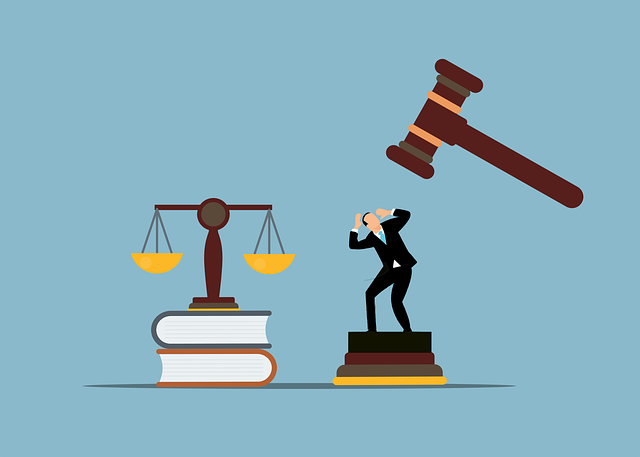Oregon's child welfare system is governed by a complex web of laws led by the Department of Human Services (DHS), prioritizing child safety and well-being while preserving family bonds. The DHS child welfare law dictates every step from reporting abuse to reunification, with key resources like Oregon DHS guidelines for professionals. An Oregon child welfare attorney navigates this legal landscape, guiding parents through procedures and timeframes, ensuring their rights are respected. Understanding these procedures is vital for effective collaboration with DHS and achieving positive outcomes in child welfare cases.
In Oregon, the well-being of children is paramount, and navigating the complex landscape of child welfare laws is crucial for both families and attorneys. This comprehensive guide delves into the key legal considerations for Oregon child welfare, empowering individuals with knowledge of their rights. From understanding the state’s framework to exploring parental responsibilities and DHS guidelines, this article serves as a valuable resource for Oregon child welfare attorneys and those seeking guidance in ensuring the best outcomes for vulnerable youth.
- Understanding Oregon's Child Welfare Legal Framework
- Parental Rights and Responsibilities in Oregon
- Key Child Welfare Legal Procedures and Timeframes
- DHS Child Welfare Law: Guidelines and Best Practices for Oregon Attorneys
Understanding Oregon's Child Welfare Legal Framework

Oregon’s child welfare legal framework is a complex web of laws, regulations, and policies designed to protect and nurture vulnerable children. Understanding this framework is crucial for both Oregon child welfare attorneys and parents navigating parental rights issues. The Department of Human Services (DHS) plays a central role in administering the state’s child welfare laws, ensuring the safety and well-being of children within their care.
The DHS child welfare law guides every step of the process, from initial reports of child abuse or neglect to removal, placement, and eventual reunification with families. Oregon child welfare legal procedures are thorough and deliberate, aiming to balance the best interests of the child with the preservation of family bonds whenever possible. The Oregon DHS guidelines provide a comprehensive legal guide for professionals involved in child welfare cases, ensuring consistency and fairness throughout the process.
Parental Rights and Responsibilities in Oregon

In Oregon, parental rights and responsibilities are a critical aspect of child welfare laws, governed by the Department of Human Services (DHS). An Oregon child welfare attorney is often required to navigate complex legal procedures outlined in the DHS child welfare law. Understanding these rights and obligations is essential for all parents as it significantly impacts their ability to raise their children and maintain family connections.
The Oregon DHS guidelines establish a framework for parental involvement, decision-making, and access to children during child welfare cases. Parental rights include the fundamental liberty interest in raising their children, subject to state intervention when necessary to protect the child’s well-being. The legal guide emphasizes the importance of informed consent, active participation in case planning, and regular communication with social workers throughout the process. It is crucial for parents to be aware of these rights to effectively collaborate with DHS and ensure positive outcomes for their families.
Key Child Welfare Legal Procedures and Timeframes

In Oregon, child welfare cases involve a complex web of laws and procedures designed to protect vulnerable children while ensuring parental rights. A key player in this process is the Department of Human Services (DHS), which enforces the state’s child welfare laws. An Oregon child welfare attorney plays a crucial role by guiding parents through these legal intricacies, helping them understand their rights and obligations. The DHS child welfare law outlines a series of steps that must be followed when a child is alleged to be at risk or in need of protection.
These procedures include initial reports, investigations, case assessments, and court interventions. Timeframes are strictly adhered to ensure a swift resolution. Oregon’s guidelines for DHS set specific deadlines for each stage, from the initial report submission to the completion of the case plan. Understanding these legal procedures and timeframes is essential for anyone involved in a child welfare case. An Oregon child welfare legal guide can provide invaluable insights, ensuring all parties are informed and prepared throughout the process.
DHS Child Welfare Law: Guidelines and Best Practices for Oregon Attorneys

Oregon’s Department of Human Services (DHS) plays a pivotal role in child welfare matters, and their laws and guidelines are essential for Oregon child welfare attorneys. The DHS Child Welfare Law provides a comprehensive framework to ensure the safety and well-being of children within the state. This legal guide offers crucial insights for attorneys navigating complex child welfare cases. It outlines procedures for investigating reports of child abuse or neglect, as well as the criteria for removing a child from their home.
The Oregon DHS guidelines emphasize the importance of prompt interventions while respecting parental rights. The law guides attorneys on building strong case management strategies, ensuring effective communication with families, and promoting positive outcomes for children involved in the welfare system. Understanding these legal considerations is vital for Oregon child welfare attorneys to advocate for their clients’ best interests while adhering to state regulations.






